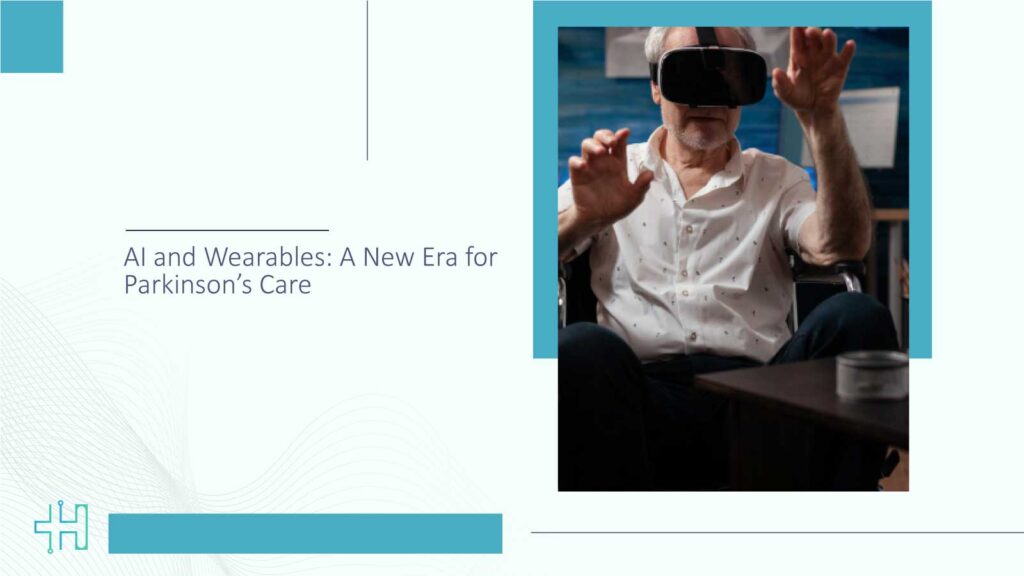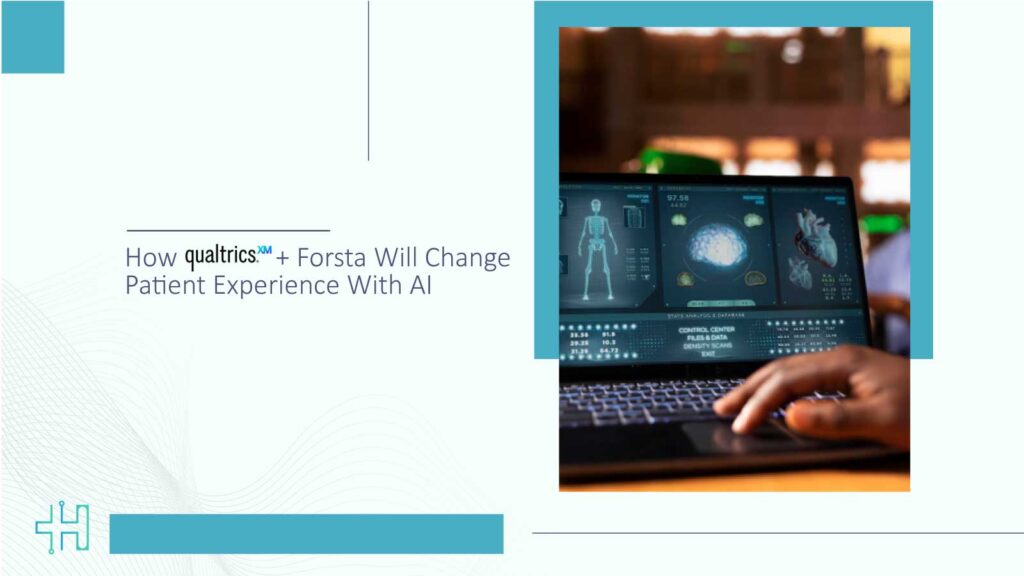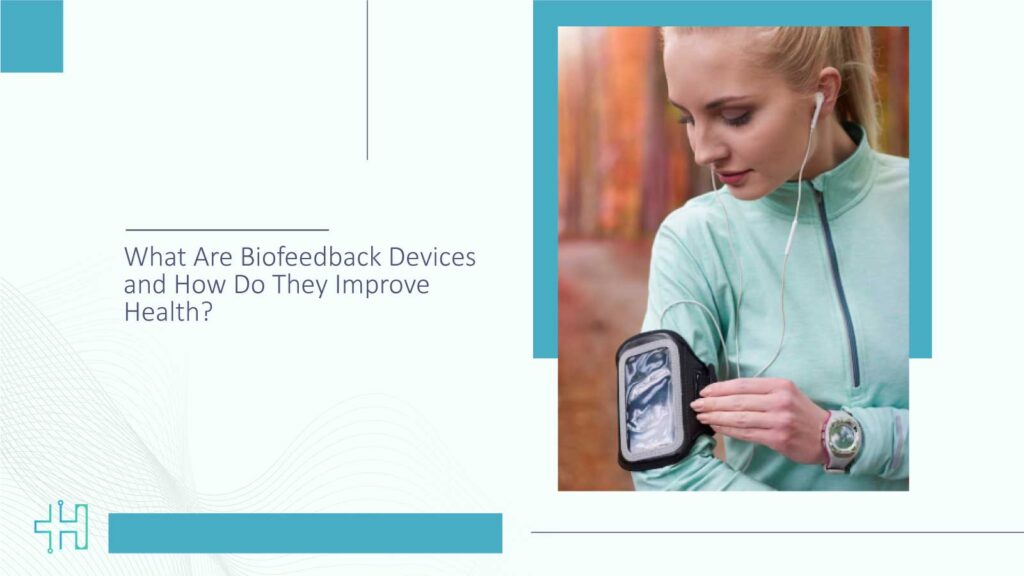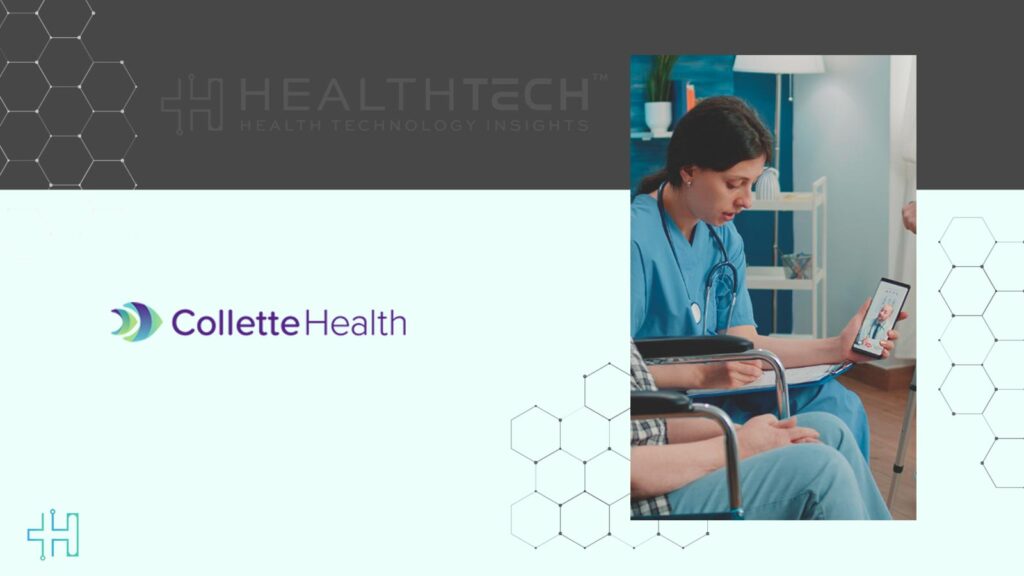“Imagine if a wristwatch could do more than track your steps – it could reveal how your brain is functioning in real time.” That concept is rapidly transitioning from sci-fi to actual clinical application. Continuous monitoring has always been a long-time aspiration for patients with Parkinson’s disease, which is among the fastest-growing neurological ailments in the world. However, it seems that with the help of AI-powered technologies, the dream may become a reality.
Wearable devices with AI power are telling a different story now. They have been provided with smart sensors and machine learning algorithms, and these two can continuously measure the tremors, stiffness, gait, sleep, and other minor motor symptoms of the patient. This change, undoubtedly, will result in a more patient-friendly, timely, and accurate Parkinson’s treatment. Industry actions, such as Empatica’s purchase of PKG Health, are examples of how the merger of AI, wearable tech, and neuroscience is speeding up the process of change.
From Snapshots to Continuous Insight
Parkinson’s disease is different from case to case. The condition of the patient may have been good in the morning, but not so in the afternoon, and the symptoms may totally differ the next day. Nevertheless, traditional evaluation usually works with intervals of several months – this is why it cannot capture the variability very well.
AI wearables alter any such balance by fetching continuous data from a subject’s daily life. They employ motion sensors, heartbeat monitors, temperature sensors, etc., to pick up the subtle signs of a particular pattern which might escape the notice of even the most skilled doctors.
For example, EmbracePlus, which is the medical-grade wearable by Empatica, can collect data related to variability in the heart rate, skin temperature, electrodermal activity, and movement. The data can then be analyzed using the movement-disorder algorithms of PKG Health to evaluate the severity of tremor, bradykinesia (slowness of movement), dyskinesia (involuntary movement), and even the medication “on/off” cycles. It is quite evident that this continuous, objective monitoring platform is going to help doctors in prescription tuning, symptom forecasting, and in elevating the standard of living of the patients.
Why Parkinson’s Needs Better Monitoring?
The urgency is clear for the need for new inventions or innovations. Nearly one million people in the United States are affected by Parkinson’s disease, and around 10 million are affected worldwide, according to the Parkinson’s Foundation. In fact, about 90,000 Americans are newly diagnosed every year – a figure that has been on the rise over time.
However, even though the disease is widespread, the treatment of Parkinson’s still substantially depends on subjective judgment. A doctor, during a short visit of about 15 minutes, may assess symptoms and change the medicines accordingly. Nevertheless, it is possible that the limited window does not show the doctor’s office what is happening at home, where the changes are most visible.
AI-driven wearables can politely meet this need. Through their continuous monitoring of real-world data, no matter the time of the day or night, medical staff can be updated on the progression of symptoms between patient visits. This not only makes a quicker reaction possible, but also a better compliance with medication as well as a clearer recognition of the illness’s advancement.
Inside the Technology: How AI Reads the Body
Central to these gadgets is sensor fusion and machine learning, a synergistic application that is extremely potent.
- Sensors record various data such as movement, tremors, sleep, heart rate, and skin response.
- The algorithms take these raw signals and convert them to recognizable movement patterns that indicate the corresponding Parkinson’s symptoms.
- The AI models keep on learning, which means that accuracy gets better, and also changes in symptom severity or medication effectiveness can be predicted.
Take, as an instance, the technology of PKG Health that has been supported by more than 70 peer-reviewed studies and is installed in more than 150 clinical sites all over the world. Its algorithms are capable of differentiating bradykinesia, dyskinesia, and normal movement; thus, doctors can fine-tune treatments more accurately.
If combined with Empatica’s data ecosystem – which covers 100,000+ devices installed in 160 countries – the opportunity for scaling is vast. The two systems together create a continuous cycle of data gathering, processing, and clinical feedback.
Clinical Trials and Real-World Impact
Besides being patient aids, AI wearables are dramatically changing the way researchers and pharmaceutical companies run clinical trials. Typically, Parkinson’s trials are heavily dependent on subjective scales like the MDS-UPDRS (Movement Disorder Society’s Unified Parkinson’s Disease Rating Scale). Such scales can be irregular, depending on who has done the assessment and at what time. Continuous, sensor-based measures may provide objective, high-frequency endpoints, thus mitigating bias and enhancing statistical power.
In the presence of trustworthy digital biomarkers, the number of trial participants could go down, the length of trials could be shortened, and patient cohorts could be more precisely targeted. Pharmaceutical sponsors would therefore be able to get their inputs more rapidly, and this could result in a quicker regulatory approval.
Empatica is already collaborating with multiple biopharma companies worldwide. By incorporating PKG Health’s reliable Parkinson’s disease algorithms, the company can now present a comprehensive platform for movement disorder research, from sensor capture to cloud-based data analytics.
The Human Side: Empowering Patients
Regular monitoring can be considered a rescue for patients. They no longer have to remember events or keep a diary; instead, they can track their daily well-being through digital dashboards. Observing the changes in tremors and movement quality makes patients feel that they have more power to control their disease.
Moreover, AI wearables provide caregivers and doctors with valuable information at the same time. If a patient’s symptoms deteriorate rapidly, emergency signals can be sent for a quick reaction, thus a fall, a wrong dosage, or a hospital stay can be avoided.
Based on the findings of some preliminary pilot studies, patients with wearable monitoring systems are more satisfied and involved in their treatment plans. For most of them, it is not only about data – it is about getting recognition and receiving support in their battle against Parkinson’s disease.
Challenges Ahead
- Regulatory hurdles: The U.S. Food and Drug Administration (FDA) requires that all medical decision-making algorithms meet safety and effectiveness standards before use. As an example, Empatica has obtained FDA approval for a few algorithms. However, different models related to Parkinson’s need to be verified separately.
- Data accuracy and reliability: The performance of wearable sensors may change due to motion artifacts, temperature, and the day-to-day variations of the user. A very important aspect of the AI-based model is that it should be strong in different ways of living and different skin tones. This is very important.
- Clinical adoption: The digital biomarkers, the physicians’ trust and understanding of which, before they become a part of the treatment regimen, constitute the requirement of education, standardization, and provision of unequivocal benefit in the form of clinical trials.
- Privacy and ethics: The data collected through continuous monitoring are generally very personal. The organizations must indicate full compliance with HIPAA and other privacy laws, and they must be transparent about the ways in which patient data is used, accessed, and stored.
- Equity and access: Besides the high cost and lack of digital literacy, these are the factors that hinder the use of wearables. The aim of manufacturers should be that AI-powered wearables can be accessed by diverse populations, including those who live in rural or low-income areas, in order to have the same fair access to healthcare.
What This Means for the Future of Neurology
Artificial intelligence combined with wearable technology revolutionizes the management of chronic neurological disorders. Many of the previously required hospital visits and subjective observations can now be done in a passive, objective, and continuous manner. This transition might lead to an entirely new baseline in neuro-care:
- Treatment changes that are predictive and based on data trends instead of waiting for the symptoms to get worse.
- Identifying Parkinson’s disease at the earliest stage in the population with a high risk before clinical diagnosis.
- The collaboration with telehealth allows neurologists to supervise their patients from a distance and be more efficient in their intervention.
For the academic community, uninterrupted datasets could unravel the different types of diseases, progression patterns, and therapeutic responses, thus providing the foundation for truly tailored neurology.
FAQs
1. How do AI wearables help people with Parkinson’s disease?
AI wearables continuously track movement, tremors, and other symptoms to provide doctors with real-time insights for more personalized care.
2. What makes AI monitoring better than traditional checkups?
Unlike occasional clinic visits, AI wearables offer round-the-clock data, helping detect changes and medication effects earlier.
3. Are these wearables approved for medical use?
Yes. Devices like Empatica’s EmbracePlus are FDA-cleared and used in clinical trials worldwide.
4. Can AI wearables predict Parkinson’s symptoms?
Some systems can identify early warning signs and symptom patterns, helping clinicians adjust treatments proactively.
5. Is my data safe with AI-powered health devices?
Reputable companies follow strict privacy laws like HIPAA and encrypt all health data to ensure patient confidentiality.
Keep reading on Health Technology Insights.
To participate in our interviews, please write to our HealthTech Media Room at sudipto@intentamplify.com







